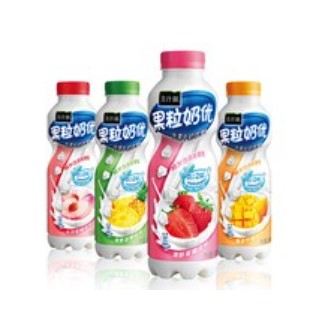|
Minute Maid Pulpy Super Milky may be not only the world’s most awkwardly-named consumer product, but also one of its worst tasting.
This glutinous, fruit-flavored milk sits heavily on the tongue. In China, it’s a hit. Consumer products in emerging markets can baffle people with Western tastes, yet they represent enormous potential. For instance, there are 420 million consumers in India’s cities alone, spending $160 billion a year on consumable items, a figure that is growing by over 5% per annum. For consumer products companies, cracking the code that makes Pulpy Super Milky a success is a business imperative. Five rules, corresponding to the five elements of a business model, offer guidance:
It is not easy to master any of these five rules, let alone all at once. However they provide a roadmap for how companies can triumph in the lands where Pulpy Super Milky can rule. Story by Steve Wunker. Comments are closed.
|



2/10/2011